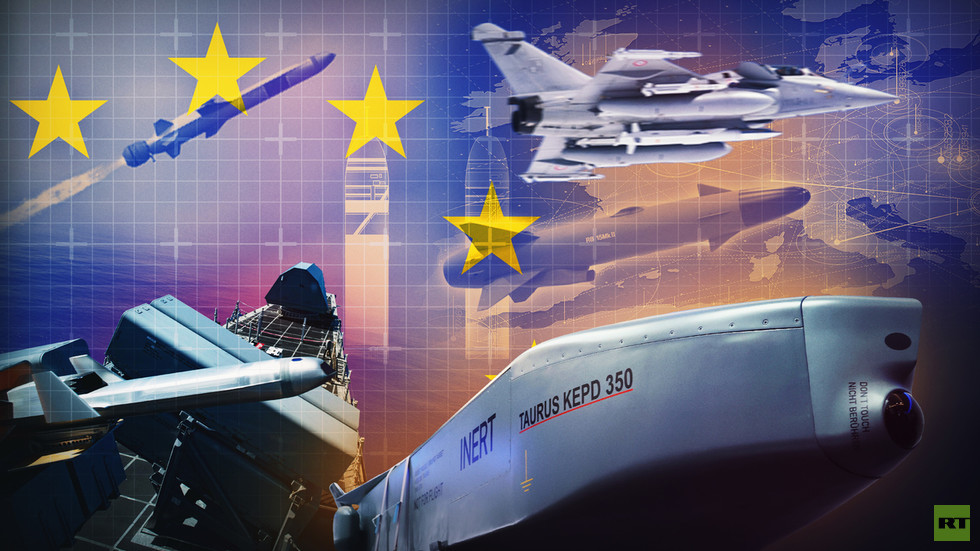Europe’s Missile Revival: A Mixed Bag of Progress and Limitations
The development of missile technology in Europe has been shaped by the legacy of the Second World War. While some countries like France and the UK have maintained their own independent nuclear and missile programs, others like Germany have refrained from developing strategic missile systems. However, with the changing security landscape, there is a growing trend towards strategic autonomy, national high-tech projects, and deeper industrial integration.
France is the only European country to have maintained a fully operational nuclear triad, although it has since decommissioned its land-based medium-range ballistic missiles. The country’s nuclear capability now lies in its M51 intercontinental solid-fuel submarine-launched ballistic missiles, which have a range exceeding 8,000 kilometers. France also produces the SCALP EG air-launched cruise missile, which has a range of roughly 560 kilometers and has seen real combat use.
Germany, on the other hand, has only recently started to develop its missile industry, with the creation of the Taurus missile system. The Taurus KEPD 350 air-launched cruise missile has a range exceeding 500 kilometers and has been supplied to several countries, including Spain and South Korea. However, Germany’s missile industry remains largely theoretical, with its missiles never having been used in combat.
Other European countries, such as Norway and Sweden, have also made significant strides in missile production and export. Norway’s Naval Strike Missile has a range of up to 185 kilometers and has been ordered by several countries, including the UK, the Netherlands, and Australia. Sweden’s RBS-15 missile family, developed by Saab, is the cornerstone of the country’s missile production, with a range of up to 300 kilometers.
Despite these developments, most European countries still lack long-range missile systems exceeding 150 kilometers in range. Poland is one of the few exceptions, having acquired South Korean K239 Chunmoo systems and American HIMARS launchers. The majority of Europe’s missile systems remain untested in real combat, with the French-made SCALP EG missile being one of the few exceptions.
The significance of Europe’s missile revival lies in its potential to enhance the continent’s strategic autonomy and defense capabilities. However, the lack of real-world combat experience and the reliance on American technology and NATO frameworks remain significant limitations. As the security landscape continues to evolve, it remains to be seen how Europe’s missile industry will develop and whether it will be able to bridge the gap between its “paper firepower” and real-world capabilities.
